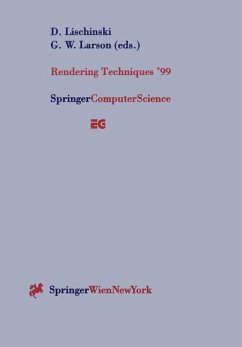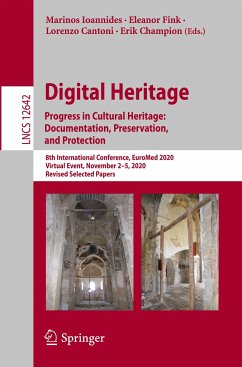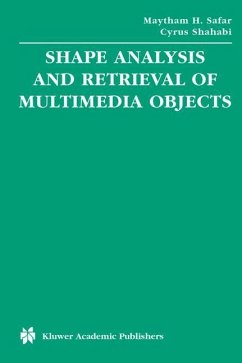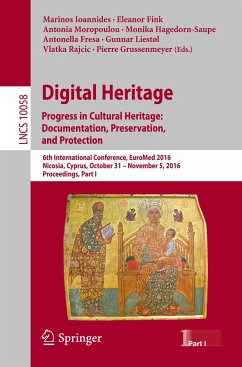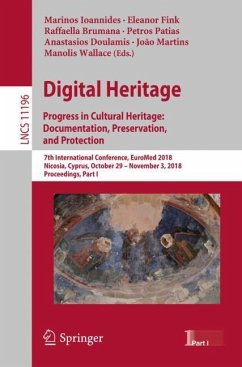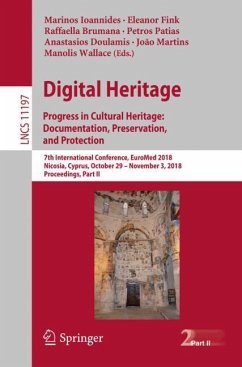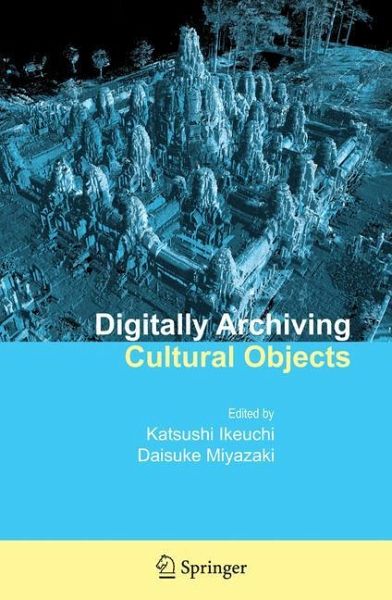
Digitally Archiving Cultural Objects
Versandkostenfrei!
Versandfertig in 1-2 Wochen
115,99 €
inkl. MwSt.

PAYBACK Punkte
58 °P sammeln!
As our heritage deteriorates through erosion, human error or natural disasters, it has become more important than ever to preserve our past - even if it is in digital form only. This highly relevant work describes thorough research and methods for preserving cultural heritage objects through the use of 3D digital data. These methods were developed via computer vision and computer graphics technologies. They offer a way of passing our heritage down to future generations.
A large number of cultural heritage objects around the world are deteriorating or being destroyed due to the work of natural disasters, such as earthquakes and floods, and human-inflicted destruction, such as war and vandalism. In the wake of these threats, 3D data becomes a critical component to permanently recording the shapes of these important objects so that they might be passed down to future generations.
Digitally Archiving Cultural Objects describes thorough research and methods for preserving cultural heritage objects through the use of 3D digital data. These methods were developed through using computer vision and computer graphics technologies. This data can also be used for simulation and restoration purposes as well as towards various multimedia applications.
This comprehensive book is organized into four parts. Part 1 describes various sensors designed to obtain data. Part 2 contains a collection of papers that describe the geometric pipeline, converting obtained data into a consistent geometric model, through determining relative relations among digital data and connecting those data into a uniform representation. Part 3 concerns photometric issues, including how to map color pictures on a geometric model and how to remove the effect of sunlight in the pictures obtained. Part 4 reports on the effort to establish a digital museum to restore and display the original appearance of heritage objects as well as conduct analyses of obtained data for heritage research.
Digitally Archiving Cultural Objects describes thorough research and methods for preserving cultural heritage objects through the use of 3D digital data. These methods were developed through using computer vision and computer graphics technologies. This data can also be used for simulation and restoration purposes as well as towards various multimedia applications.
This comprehensive book is organized into four parts. Part 1 describes various sensors designed to obtain data. Part 2 contains a collection of papers that describe the geometric pipeline, converting obtained data into a consistent geometric model, through determining relative relations among digital data and connecting those data into a uniform representation. Part 3 concerns photometric issues, including how to map color pictures on a geometric model and how to remove the effect of sunlight in the pictures obtained. Part 4 reports on the effort to establish a digital museum to restore and display the original appearance of heritage objects as well as conduct analyses of obtained data for heritage research.





